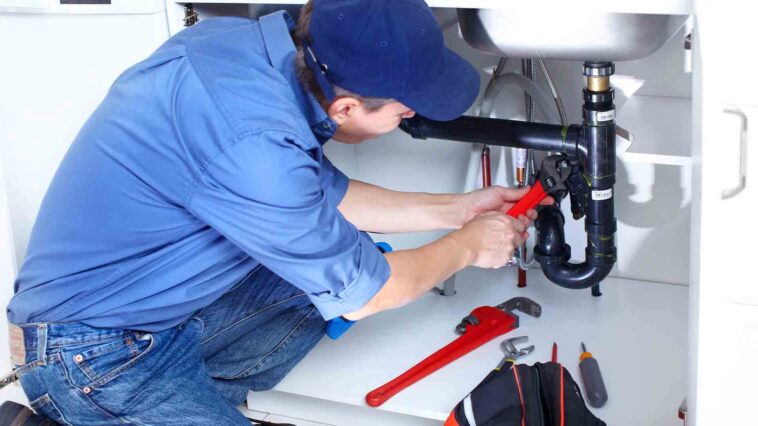Home plumbing is a complex network of pipes, fixtures, and appliances that silently work behind the scenes, ensuring our households run smoothly. From the refreshing showers we take each morning to the clean water we drink, the efficiency of our plumbing system plays a pivotal role.
However, many homeowners often overlook the basics of plumbing until an issue arises. Gaining an understanding of these fundamental components and their operations can save time, money, and potential hassles in the future.
Your home plumbing is an intricate system composed of water supply pipes, drainpipes, and vents – understanding its components can help ensure its smooth functioning while saving money on professional repair services.
Get to know the fundamentals of your home’s water supply and drainage systems so you can better communicate with plumbers and make smart design choices. Just remember that plumbing coverage included in home warranty.
Water Supply System
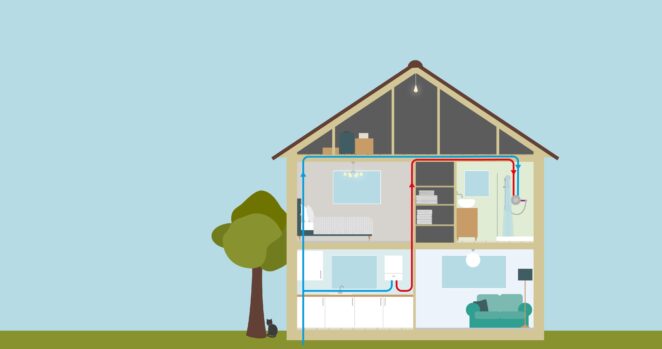
Home plumbing is an amazing feat of engineering that provides clean drinking water without needing to transport or pump it from its source.
It consists of two basic systems – water supply (to bring in fresh, clean water) and drainage (which carries away wastewater) – that overlap and work together but remain distinct for some reasons; understanding these will enable you to keep your plumbing running smoothly as a homeowner and to quickly address any potential issues or malfunctions that may arise.
The water supply system in your home is an intricate system of pipes that delivers clean drinking water directly to fixtures and appliances throughout your house. It begins with the main line from your street – often fed by city water supplies or private wells for those living in rural areas – before branching off further with one branch taking water directly to the water heater and the other to fixtures and appliances throughout.
Valves and faucets control how much freshwater enters through these sources while the water meter keeps track of how much is coming in.
While water supply lines tend to be hidden underground or within walls, drain pipes and vents that lead to them are typically situated outdoors or on the roof of your home for easy maintenance access and to prevent harmful sewer gases from entering through drains. Vents also help ensure that dangerous gases don’t seep into your home through drains.
Plumbing systems rely heavily on physical principles, and most of its principles can be easily grasped: gravity, pressure and water seeking its own level. As you become familiar with your own system, some of its mysteries will gradually dissipate. Plus, understanding these fundamentals could save time and money when needing repairs – something everyone can appreciate.
Drainage System
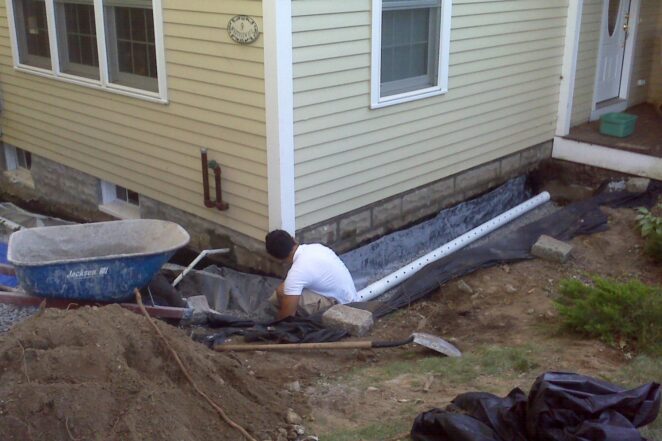
The drainage system transports wastewater and other waste out of your home, typically to a sewage line that connects with either municipal sewers or septic tanks. Like water supply systems, drainage relies on gravity rather than pressure for its wastewater movement; with pitches or sloped pipes designed to facilitate its flow towards waste collection systems.
Many homes utilize their drain system as both an inflow and outflow venting system, allowing air into your drainpipes and preventing wastewater from backing up into your home while also eliminating foul odors from building up in them.
An essential component of your drain system is the “P-trap,” or trap beneath each fixture drain which serves to block sewer gasses from coming up into your home, with series of vent pipes connected to each trap to circulate air freely through its entire drainage network to prevent it from clogging or emitting foul odors from building up in your drainpipe system.
Waste that passes through a home plumbing system leaves behind residue such as soap scum and debris that, if left to accumulate over time, can clog drains. A plumber uses special tools to clear away this build-up and restore proper flow in your drainpipe; once cleared away, use solvent cleaning solutions on it to prevent further clogging issues from arising.
If your home relies on a septic tank system, regular maintenance should include cleaning the tank out to ensure its integrity. If you use municipal sewerage instead, an experienced professional should come clean your sewer line at least every five years in order to prevent costly backups and repairs.
Though you do not require extensive plumbing knowledge to operate your household appliances, it is nevertheless crucial that you become acquainted with the basic systems that keep your home functional. Familiarizing yourself with plumbing concepts will enable you to recognize problems more quickly and understand what steps must be taken in order to repair them.
Discover a detailed step-by-step guide to water damage restoration to help homeowners address unforeseen plumbing issues effectively.
Fixture Drains
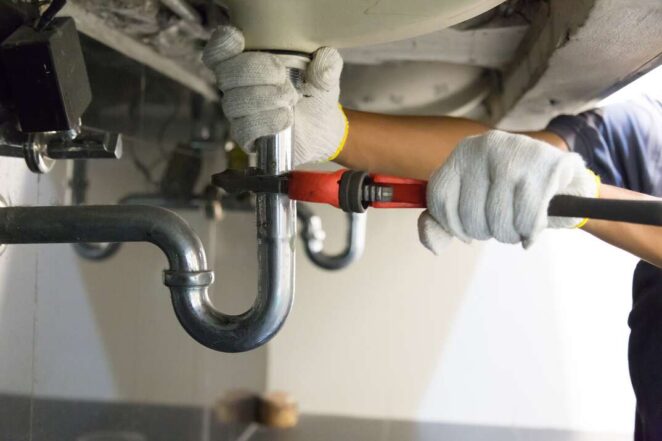
Waste from sinks, tubs, showers or toilets is transported downward through fixture drains and stored in U-shaped traps designed to capture and hold water in order to prevent sewer gases from entering your home and prevent solid materials such as hair, cloth, grease or animal fats from flowing down drains and clogging them up.
State and local plumbing codes mandate these traps on every sink, tub and toilet within your house and should function to hold the necessary amounts – otherwise known as traps – within each fixture drain in order to meet these trap requirements as required by state and local plumbing codes while traps also keep solid materials such as hair from flowing down drains in order to prevent sewer gases entering your home preventing sewer gases entering from the sewer lines.
When an empty trap occurs simply pour some water directly down its drain – which will have the desired results of opening it once more! If your drain becomes blocked simply pour some more water down its drain to remedy its position quickly!
Drains typically connect to horizontal branch drain lines concealed within walls and ceilings, which then lead to horizontal branch drain lines hidden by finished walls, floors, or ceilings that connect to soil stacks – large vertical pipes used to transport waste material back to city sewer lines or septic systems – or sometimes directly.
Unfortunately, these sections of plumbing systems are usually hidden behind finished wall surfaces, floors, or ceilings so their presence cannot be easily observed.
When your sink, tub, or toilet drains slowly you could be experiencing an issue with its venting system. This could be caused by air being siphoned out from between the trap and vent; blocked venting; or having too small of a trap size to accommodate for waste materials.
In such instances, boiling hot water and pouring it down the drain should typically resolve the issue. This method works particularly well on clogs caused by grease, fats and organic material; otherwise a plumber should be your go-to choice – particularly for toilet clogs which quickly become health and safety risks; an experienced plumber can usually clear them within a few minutes while clearing any service connections may require excavation services for removal.
Main Drain
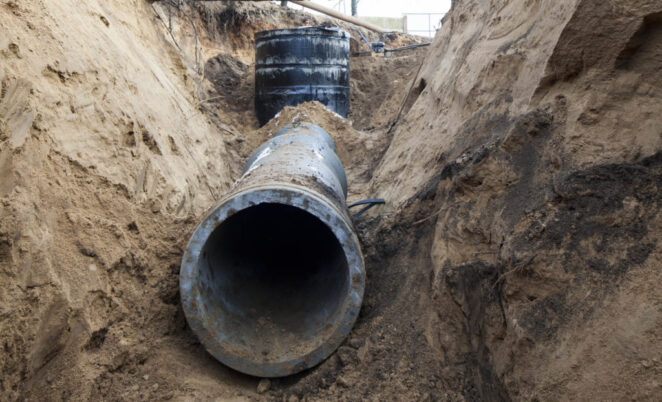
The main sewer drain of your home serves as the backbone of its plumbing system, connecting all secondary drain lines from toilets, sinks, tubs and showers to it. When this line becomes clogged it can affect every room in the house so it is crucial that you recognize its warning signs to call in professional help as quickly as possible.
All wastewater in your home flows to one large pipe which carries it to either a septic tank or city sewer system. In warmer areas, this pipe may run underground. Property owners are responsible for keeping this line clear of clogs or problems; any indications that toilets back up with waste water, or fixtures at lower parts of your home don’t function normally could indicate issues in its main sewer line and should be regularly maintained to prevent such situations from arising. If there are issues with it that need attention immediately.
An obstruction in the main line can also cause floor drains in bathrooms, laundry rooms, basements and kitchens to overflow with sewage, as the waste cannot escape through it. One way of diagnosing issues with the main line is by inspecting its clean-out – all homes should have one in the lowest part of their homes near a toilet or in the basement which has a plug that can be unplugged using wrench.
If you are unable to access your main drain cleanout, hiring a plumber to snake the drain line might be necessary. While this might cost more than simply clearing primary drains, it’s better than dealing with an overloaded sewer system and requires less work overall.
Clean your sewer lines at least every one or two years for best results and have them snaked by a professional to avoid costly repair bills; having someone snake the main drain line can make this easier than ever.



